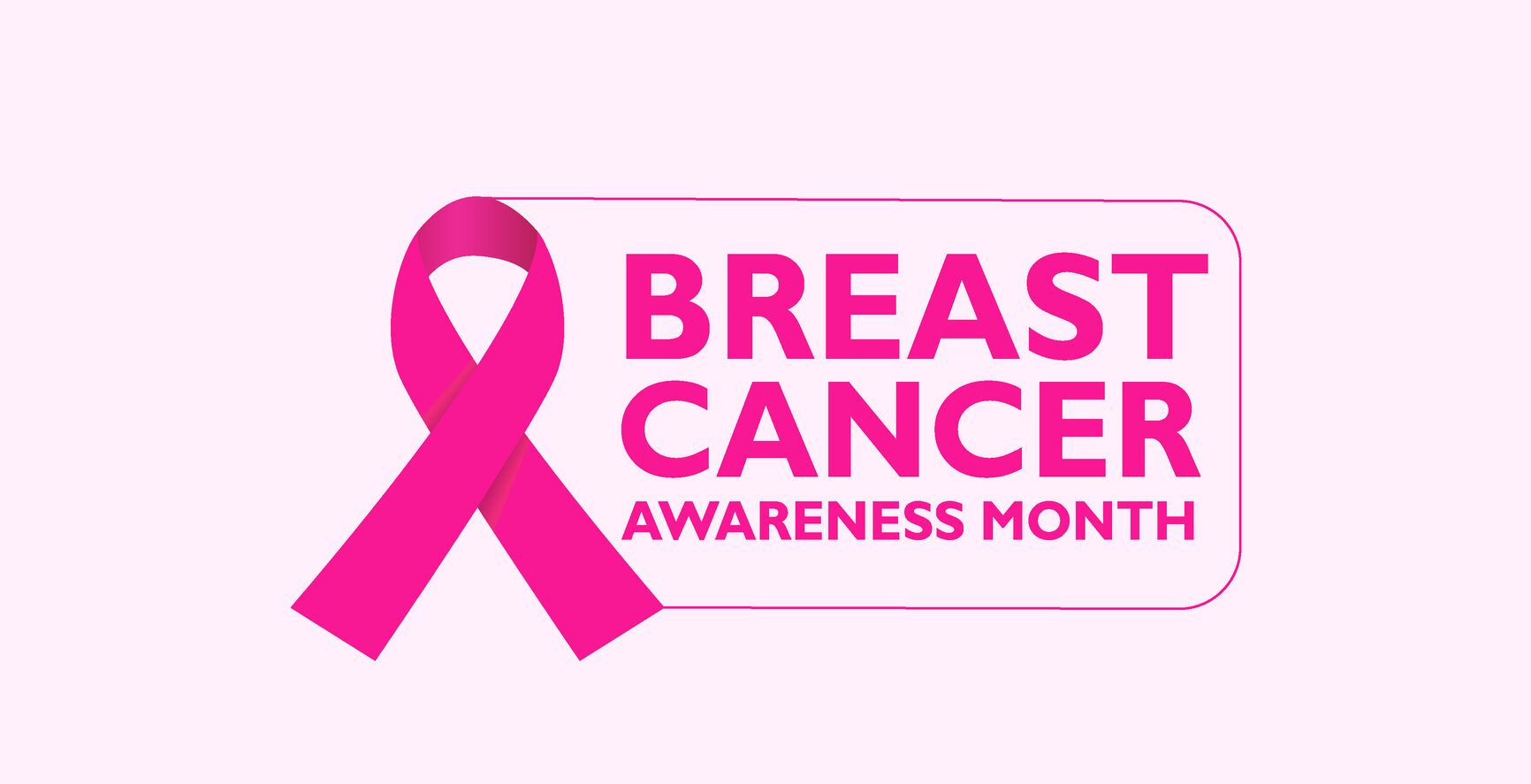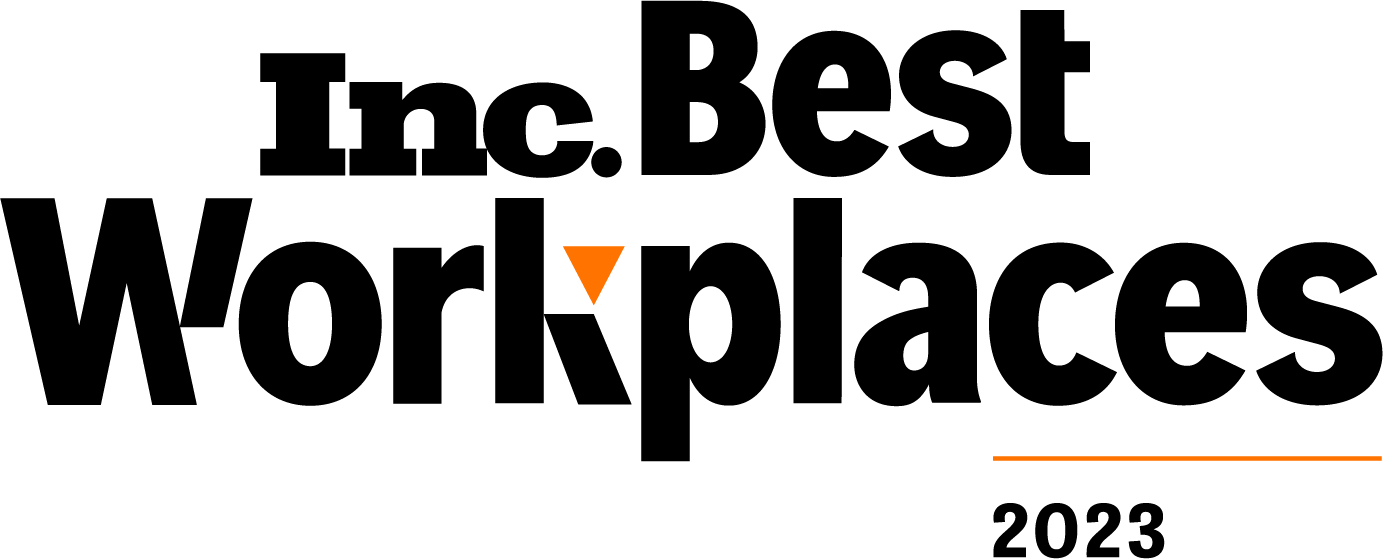
Breast Cancer Awareness Month
October is Breast Cancer Awareness Month, which serves as an important reminder to schedule regular wellness visits with your healthcare practitioner. According to the National Cancer Institute, one in eight women will develop breast cancer during their lifetimes1. When we take a closer look and consider the demographic data surrounding breast cancer outcomes, worrying disparities emerge between rates of diagnosis and mortality between different groups.
For example, while white women are more likely to be diagnosed with breast cancer, black women are more likely to die from the disease. Race and discrimination are an example of a social determinant of health (SDOH), which are the non-medical factors which influence health outcomes2. We will further address race and other SDOH factors which contribute to disparities in health outcomes and assess ways these disparities can be addressed.
Establishing the SDOH-Driven Disparities in Breast Cancer Outcomes
When assessing causes of cancer, generally more attention is paid to genetics and individual health behaviors than SDOH influences. However, there is strong evidence that breast cancer outcomes are influenced by SDOH factors, which emphasizes the importance of at-risk groups obtaining regular breast cancer screenings from their doctor.
Race has emerged as a main contributing SDOH factor to breast cancer health outcomes. White women are more likely than black women to be diagnosed with breast cancer, but black women are 40% more likely to die from the disease3. A research study conducted by the University of Illinois-Chicago concluded that social determinants of health are the roots of these racial disparities in breast cancer outcomes4. Specifically, the study cited neighborhood disadvantage and insurance status as contributors of 19% of this outcome disparity5. Addressing these barriers on a large scale will require wider public policy changes, but the key is to identify short-term interventions to fix such disparities.
Lack of insurance is correlated with poorer health outcomes. There is evidence that state expansion of Medicaid enrollment contributes to improved breast cancer health outcomes. Women from economically disadvantaged backgrounds, who might normally avoid the doctor due to cost or burden of access, are able to obtain breast cancer screenings (mammography) through Medicaid. Prior to the Affordable Care Act, this is evidenced by overall higher rates of mammogram screenings in states which have expanded Medicaid6. For example, incidence rates of black women being diagnosed with breast cancer decreased from 24.6% to 21.6% in states which expanded access to Medicaid compared to states that did not expand access, which sit at about 27%7.
Closing the Gap
Consistently throughout this analysis, lack of health insurance access, for both the uninsured and underinsured, has emerged as a driving factor for disparities in breast cancer health outcomes. This is especially the case when a lack of insurance is coupled with socioeconomic disadvantage. Whether you are a health plan, accountable care organization or breast cancer awareness organization- what can be done to close this gap?
Specialized health interventions are often the most effective short-term method to address SDOH-driven health disparities. For breast cancer, findings by the Community Preventative Services Task Force (CPSTF) recommend engaging community health workers (CHWs) to increase mammography screenings8. Often, there is a wedge driven between healthcare workers and the public which can be attributed to factors such as community mistrust or lack of health literacy. CHWs serve to bridge this gap, working in tandem with healthcare professionals or on their own. CHWs can assist in making screening services more accessible than a typical doctor’s visit, by assisting with interventions such as group education, 1-to-1 education, client reminders or newsletters9.

How ProspHire Can Help
ProspHire can assist in breast cancer screening adherence improvement strategies and community-based partnership development to support health plans engage members in preventive care. Our practitioners support the strategy and execution to drive improved outcomes for plan members with a focus on health equity.
Let’s have a conversation
ProspHire
216 Blvd of the Allies, Sixth Floor
Pittsburgh, PA 15222
412.391.1100
[email protected]
Quick Links
© 2024 ProspHire, LLC. All Rights Reserved / Terms of Use / Privacy Policy









